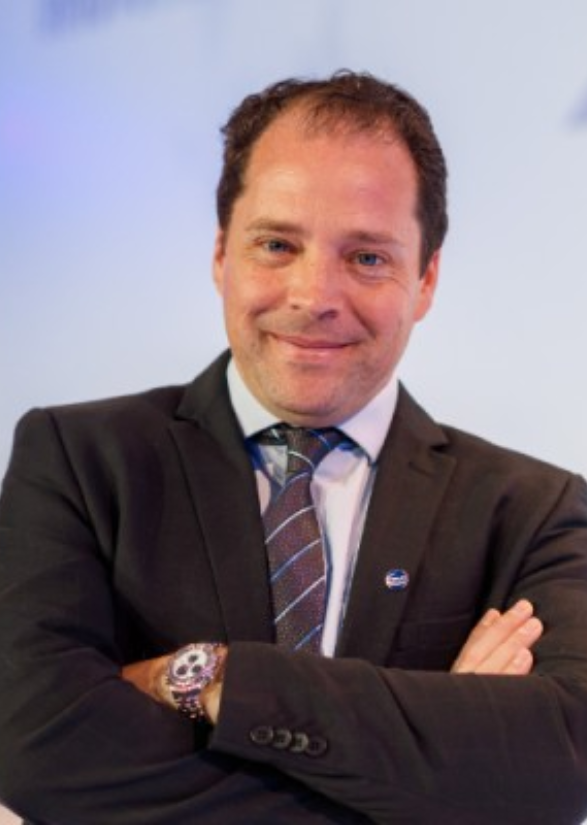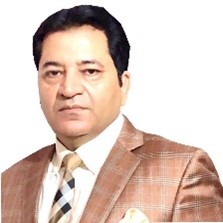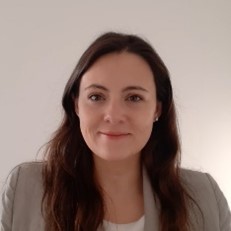17 Dec 2020
Epidemiology, pathogenesis, diagnosis and control of avian adenovirus
Avian adenoviruses are capable of inducing clinical and economic problems, mainly in broilers, secondarily in broiler breeders, and less frequently in commercial layers.
Content available at:
Español (Spanish)
Avian adenoviruses are capable of inducing clinical and economic problems, mainly in broilers, secondarily in broiler breeders and less frequently in commercial layers. This article summarizes some of the most relevant problems caused by avian adenovirus (FAdV) and focuses on inclusion body hepatitis.
Avian adenoviruses are classified into three groups:
GROUP 1:
Includes the conventional adenoviruses (FAdV), that share a group antigen common to all of them, different from the common antigen of mammalian adenoviruses. The prototype of this group of avian adenoviruses is the CELO virus (Chicken Embryo Lethal Orphan). Group I viruses are the most familiar in the poultry industry as they are the ones that induce inclusion body hepatitis (IBH). Several FAdV serotypes in this group are capable of inducing IBH, the most common serotypes being 1, 4, 8, 9 and 11.
GROUP 2:
Is represented by viruses that induce hemorrhagic enteritis of turkeys (HEV); marbled spleen disease; and the chicken splenomegaly virus.
GROUP 3:
Contains the Egg Drop Syndrome-causing virus (EDS 76), widely distributed in aquatic birds and that occasionally infects chickens, inducing production losses and anomalies in the external quality of the egg.
Economic importance of adenoviruses
Avian adenoviruses are capable of inducing various pathological problems that result in significant economic losses.
BROILER AND YOUNG BREEDERS
In the case of inclusion body hepatitis, excessive mortality occurs in broilers and occasionally in young breeders. This mortality contributes to:
- Increasing the feed conversion ratio (or caloric conversion, as you wish to evaluate) and therefore
- It reduces the productivity index.
Breeders infected at an early age can also suffer high mortality and when they become infected in adulthood without being protected, they will shed the virus through the egg, thus transmitting the infection to the next generation in which the economical problems are amplified after outbreaks of hepatitis with inclusion bodies.
It is true that many cases of hepatitis depend on a previous immunosuppression so that they can express themselves.
However, there is sufficient evidence in the field and in the laboratory to suggest that some of these adenoviruses behave as primary pathogens and do not necessarily depend on immunosuppression induced by other viruses or by mycotoxins or other stress factors.
LAYERS
Although inclusion body hepatitis is relatively rare in commercial layers, there have been well-documented cases in rearing birds that, for some reason, expressed clinical disease with classic lesions and increased mortality.
Egg drop syndrome is a very rare problem in the field today. However, some years ago EDS was one of the main concerns in the brown egg industry as well as in broiler breeders.
This disease is probably considered of little importance today since the industry has actively vaccinated layers and breeders for many years, so that the problem is essentially under control thanks to vaccination.
The reality remains that adenoviruses are ubiquitous and only in some circumstances manifest themselves clinically or economically.
epidemiology
Avian adenoviruses are widely distributed in all geographic regions and in all types of commercial birds. Many professionals from numerous companies have never seen an outbreak of hepatitis with inclusion bodies and think that this is why these viruses do not exist in their companies.
In a recent molecular epidemiology study carried out in our laboratory, we demonstrated the presence of different serotypes of Group I adenovirus (Aviadenovirus) in a large number of samples from meat-producing poultry from different countries of the American continent, the European Union and Asia. The samples were obtained from both sick birds and clinically healthy birds, which demonstrated that these adenoviruses are widely circulated in the poultry industry.
TO CONTINUE READING REGISTER IT IS COMPLETELY FREE
Access to articles in PDF
Keep up to date with our newsletters
Receive the magazine for free in digital version
REGISTRATION
ACCESS
YOUR ACCOUNT
LOGIN
Lost your password?
































